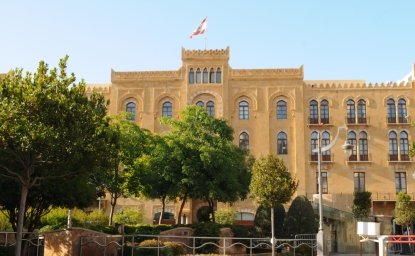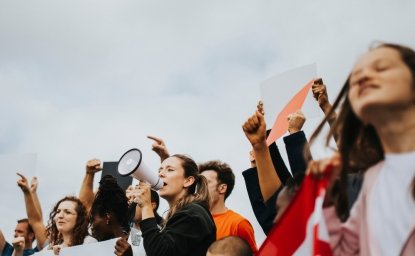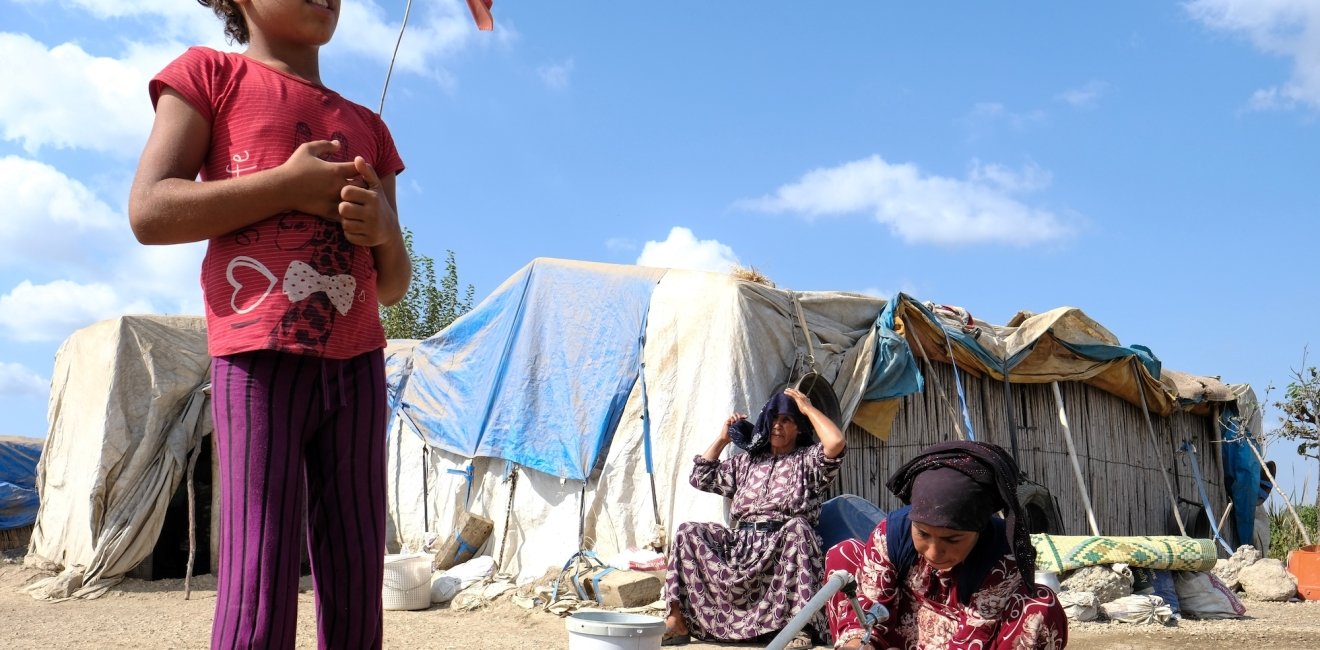
A blog of the Middle East Women's Initiative
In one of the mountain villages where aid still hadn't been received, women explained that they took turns entering middle or heavily damaged houses to cook in the kitchens.
In the early morning of February 6th, two massive earthquakes hit Turkey and Syria, affecting approximately 2.5 million people. According to official figures in Turkey, the earthquake claimed the lives of 58,000 people, revealing that the "social contract" had long been buried under the rubble. It was evident that the state and its institutions, which were responsible for saving lives, ensuring survival, and rebuilding the people's livelihood, were conspicuously absent.
No one had the energy to go to the rural areas affected by the earthquake in those 11 provinces. Everyone was concerned with their own losses, homes, and food because no actor, including state institutions, could adequately respond to the emergency. There has been little research on what happened in rural areas and what rural women faced in the aftermath of the earthquake.
I had the opportunity to conduct a rapid assessment in 12 villages in 6 districts of Diyarbakır with a team of four people in the first month after the earthquake. First, I can say that women were affected differently compared to men due to gender roles. However, rural women were also affected differently by the earthquake compared to urban women.
The earthquake's impact in rural areas varied depending on factors such as proximity to the fault line, the type of construction materials used in buildings, and whether the village was in a mountainous or flat terrain. Proportionally, rural areas had fewer casualties than urban areas. We know that rapid and unplanned urbanization is a significant factor in the death discrepancy. This phenomenon, coupled with the housing problem exposed by the earthquake, prompted people with ties to rural areas to return to their villages in the impacted cities. This meant an incredible escalation of the social reproduction of labor of rural women. In one of the villages we visited in Diyarbakır, we encountered a situation where three urban families were cohabiting in a single house, comprising a total of 20 individuals who had lost family members in the earthquake. Eight of them were children of similar ages. The village school had also collapsed in the earthquake. The woman who owned the house had been caring for 20 people for a month, accepting condolences, collecting and preparing the available crops in the front yard, planting new ones, caring for the sick, and looking after the children who couldn't attend school. She said she had lost 10 kilograms that month. A guest in the house added, "She doesn't care for herself." Meanwhile, the crisis of social reproduction was expressed in the body of rural women.
Access to food was a significant problem in rural areas after the earthquake. Although there was more food stock in the villages than in the cities, the loss of sovereignty over food production on the part of local farmers due to profit-oriented government agricultural policies and significant disruptions in supply chains affected rural women in many ways. For example, the damage to dairy farms meant that women had to milk the animals daily, produce dairy products themselves, and often waste the remaining milk.
The closure of schools and the transition to remote learning, aggravated by the pandemic, marked the most pronounced inequality in rural areas, a situation that was reiterated following the earthquake. Having no access to the internet meant having no access to schooling for children in villages. In the case of a family relocating from the city to a village in Diyarbakır with three children, the daughter was the first to bear the brunt, as her family wished to avoid dealing with these hardships. Ayşe was taken out of school (at least for a year). Because the family only had two phones with internet access, and out of their three children, Ayşe was the only girl.
There were severe difficulties getting aid to the affected areas after the earthquake. In particular, necessities such as food and water were generally delayed in reaching mountain villages with closed roads. This meant that women had to use their own resources and prepare meals without utensils or often without a kitchen. In one of the mountain villages where aid still hadn't been received, women explained that they took turns entering middle or heavily damaged houses to cook in the kitchens. One of these houses had a fault line running through its yard and divided one of the walls of the house into two.
While the earthquake didn't damage all the crops in the fields, it did disrupt the supply chain, leaving the products on the ground. Simultaneously, landowners faced labor shortages, while many agricultural workers, primarily women and children, were unable to work. The population, struggling to make ends meet in an already economically troubled sector and burdened by rising input costs, confronted a financial catastrophe triggered by the earthquake. While measures were taken to address the layouts of regular workers, the income loss of farmers and agricultural laborers further exacerbated women's labor in meeting the household's needs.
Anxiety has become a pervasive emotion in the lives of villagers, and the earthquake itself, along with its aftermath, further intensified this sentiment. Rural areas did not have access to psychosocial support mechanisms, and they were being treated as if they were immune to trauma.
The fact that rural areas and mainly, rural women were more significantly and uniquely impacted by the earthquake was one of the most crucial lessons to be drawn from the disaster. It once again showed how necessary gender equality is for constructing a system that is more cooperative, fair, respectful of labor, resilient to disasters, and in harmony with nature.
Author


Middle East Program
The Wilson Center’s Middle East Program serves as a crucial resource for the policymaking community and beyond, providing analyses and research that helps inform US foreign policymaking, stimulates public debate, and expands knowledge about issues in the wider Middle East and North Africa (MENA) region. Read more

Explore More in Enheduanna
Browse Enheduanna
Women are the Catalysts for Change in Lebanon

How Education Can Empower Young Women in MENA


